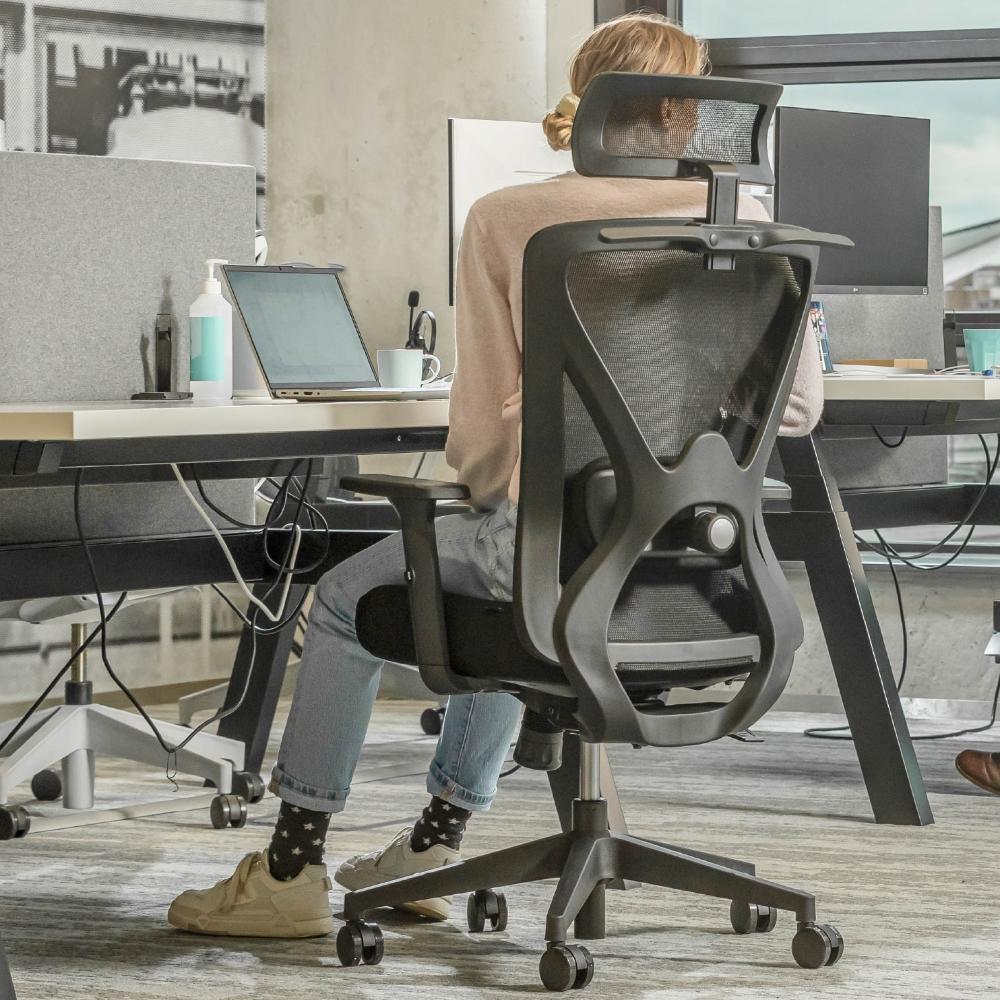Ergonomic working is about creating a workplace that supports and keeps your body healthy. Many people suffer from back pain and fatigue due to long hours at a desk. This can be reduced by smart workplace solutions.
Are you looking for a quick explanation of what ergonomic working entails? Here are the key points:
- Reduces back pain and muscle tension.
- Increases your concentration and productivity.
- Promotes a healthy work posture and movement.
Ergonomic working combines ergonomics (adapting your environment to your body) and dynamic working (regularly changing posture and movement). The goal is to create a workplace where you feel healthy and energetic. This is important because sitting for hours in the same position can lead to serious health problems.



